Body Parts Flashcards
2014-08-19
Here is a collection of cartoon images of body parts. The images are mostly from Clker. All graphics are in the public domain. The images are JPG or PNG, and are bounded at 800x800 in size. If you see any mistakes, please contact me so I can fix them. If you're looking for Anki flashcards, here you go.
| Picture | Kanji | Kana | English |
|---|---|---|---|
 |
足首 | あしくび | ankle |
 |
土踏まず | つちふまず | arch of the foot |
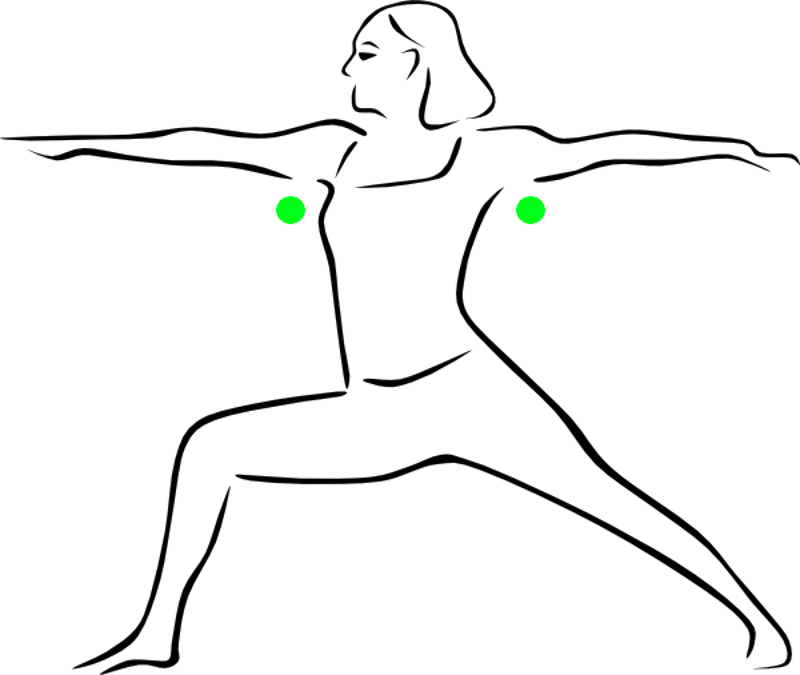 |
脇 | わき | armpit |
 |
背 | せ | back |
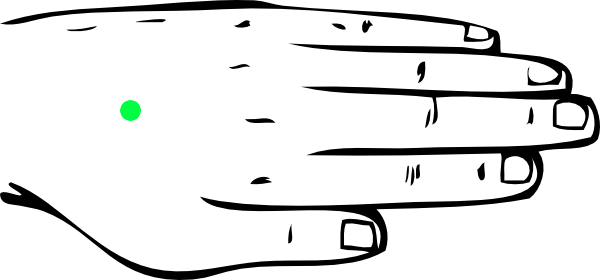 |
手の甲 | てのこう | back of the hand |
 |
体 | からだ | body |
 |
お尻 | おしり | bottom |
 |
脳 | のう | brain |
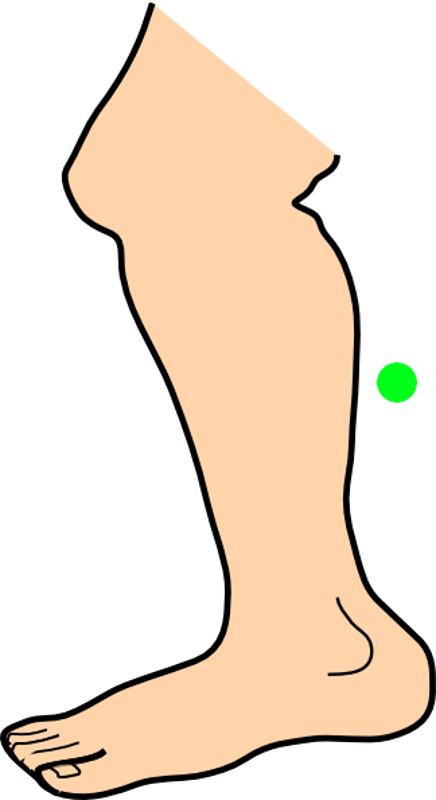 |
腓 | こむら | calf |
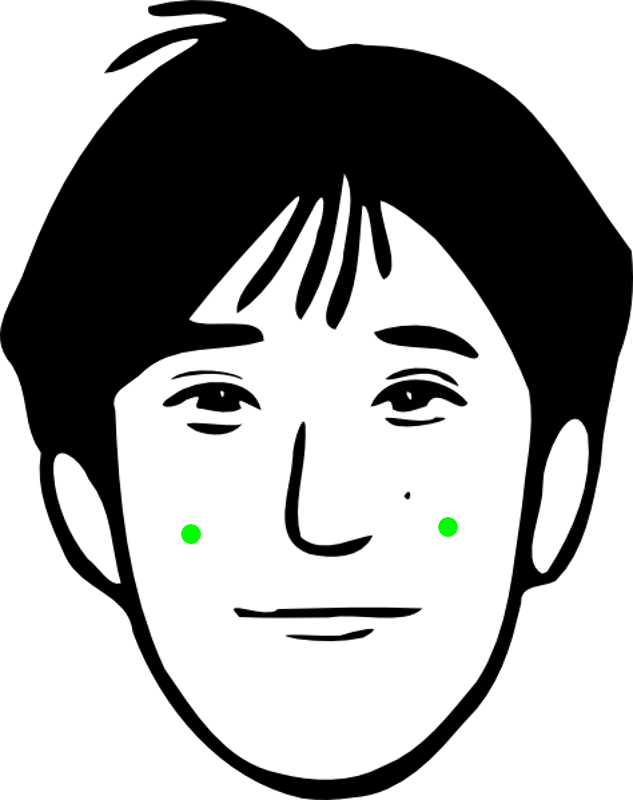 |
頬 | ほお | cheeks |
 |
胸 | むね | chest |
 |
顎 | あご | chin |
 |
鎖骨 | さこつ | clavicle collar bone |
 |
耳 | みみ | ear |
 |
肘・肱・臂 | ひじ | elbow |
 |
眉 | まゆ | eyebrows |
 |
目 | め | eye |
 |
睫・睫毛 | まつげ | eyelash |
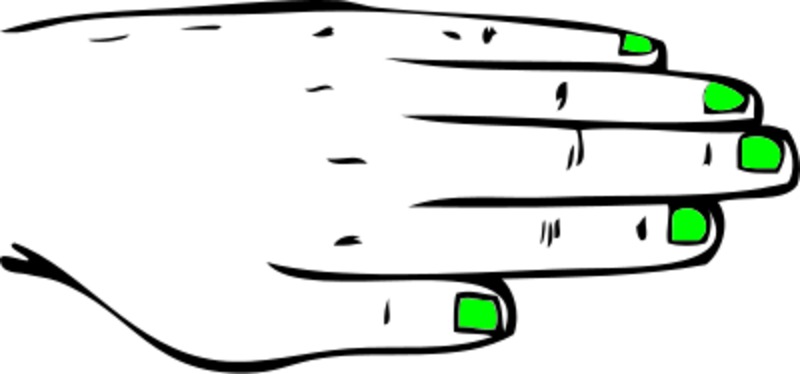 |
爪 | つめ | fingernails |
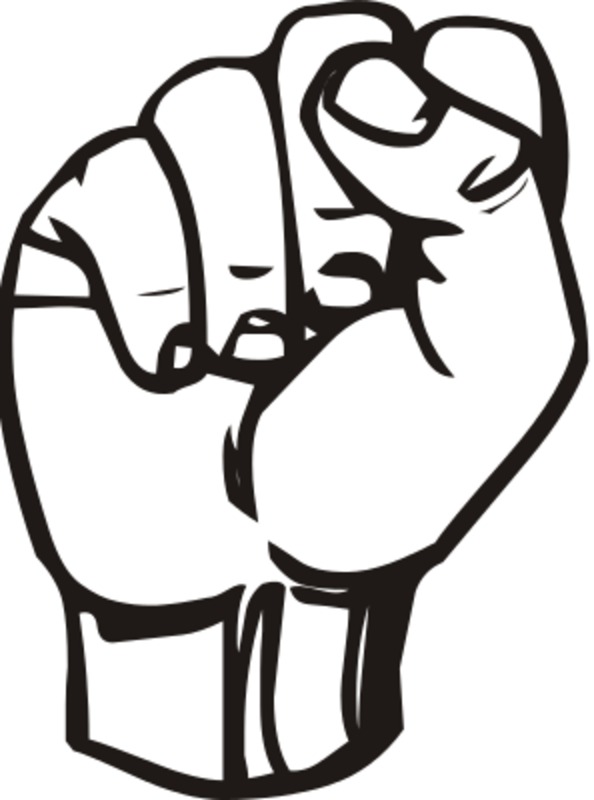 |
拳 | こぶし | fist |
 |
足 | あし | foot |
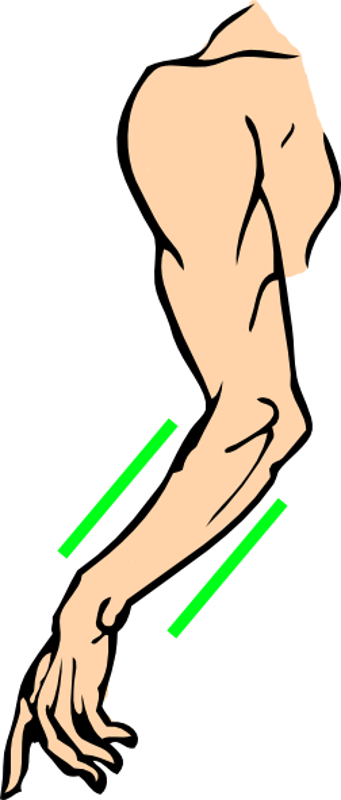 |
小手 前膊 |
こて ぜんはく |
forearm |
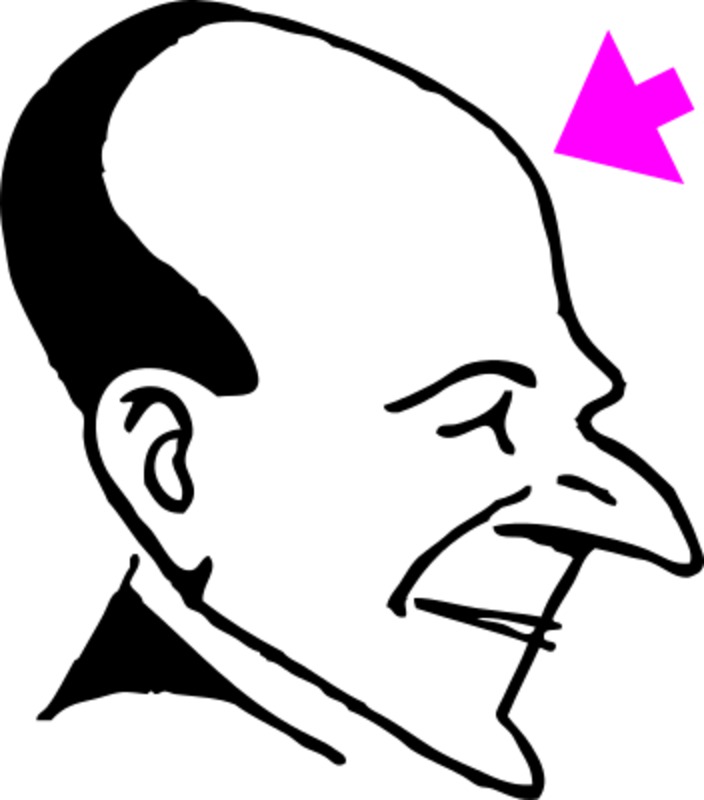 |
額 お凸 |
ひたい おでこ |
forehead |
 |
髪 | かみ | hair |
 |
頭 | あたま | head |
 |
踵 | かかと | heel |
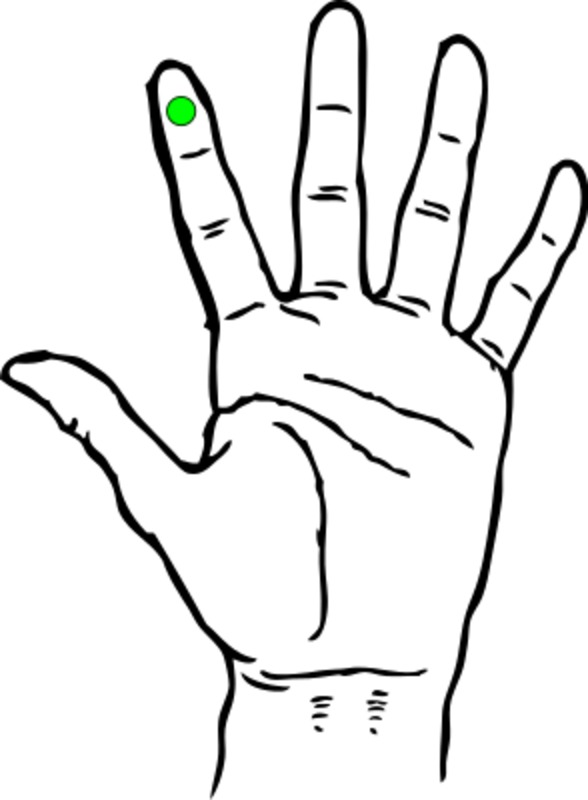 |
人差し指 | ひとさしゆび | index finger |
 |
下顎 | かがく・したあご | jaw |
 |
膝 | ひざ | knee |
 |
唇 | くちびる | lips |
 |
肺 | はい | lungs |
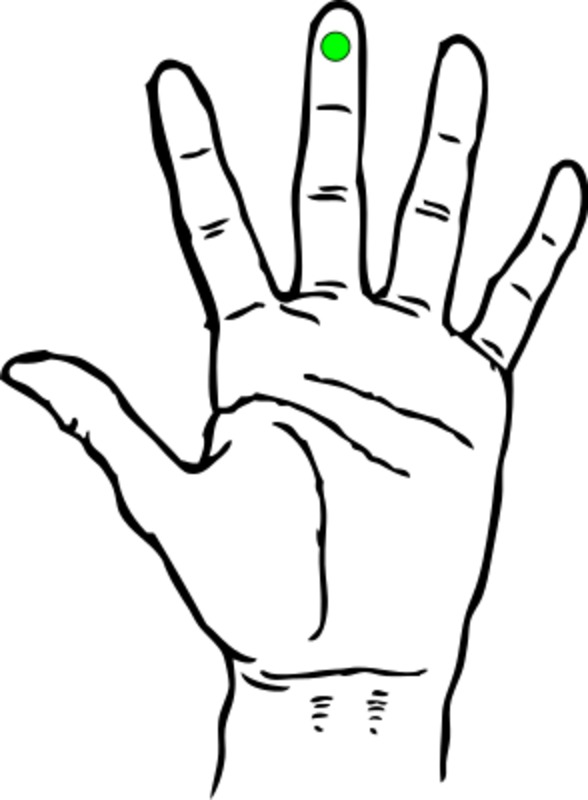 |
中指 | なかゆび | middle finger |
 |
口 | くち | mouth |
 |
首 | くび | neck |
 |
鼻 | はな | nose |
 |
掌 | てのひら | palm |
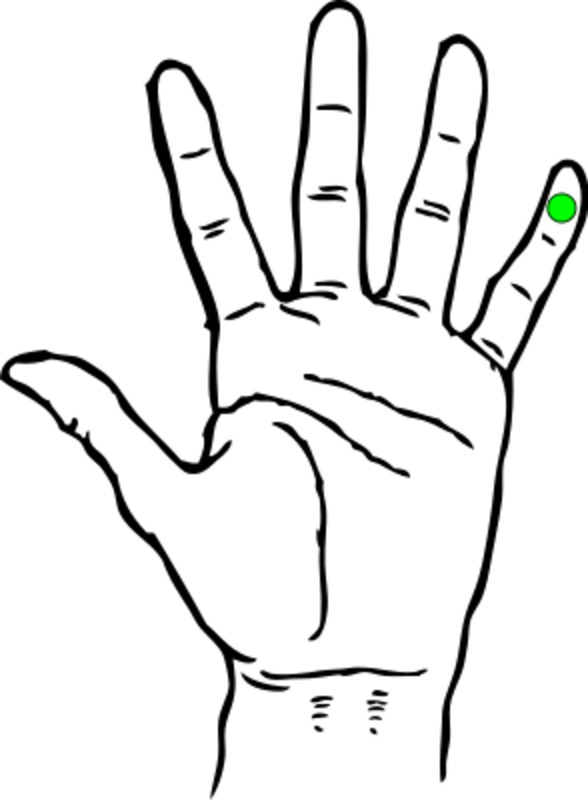 |
小指 | こゆび | pinky |
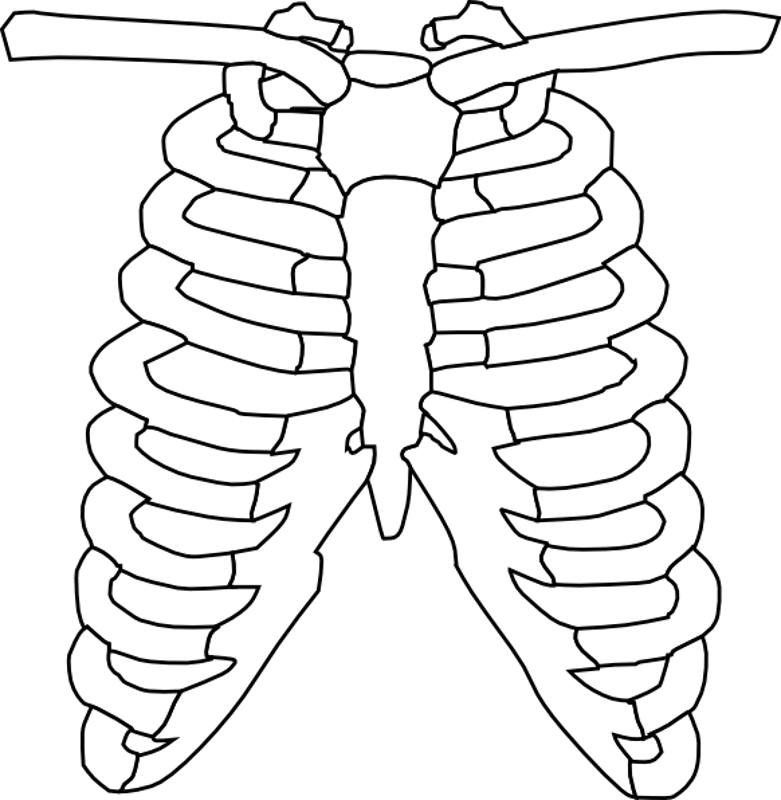 |
肋 | あばら | ribs ribcage |
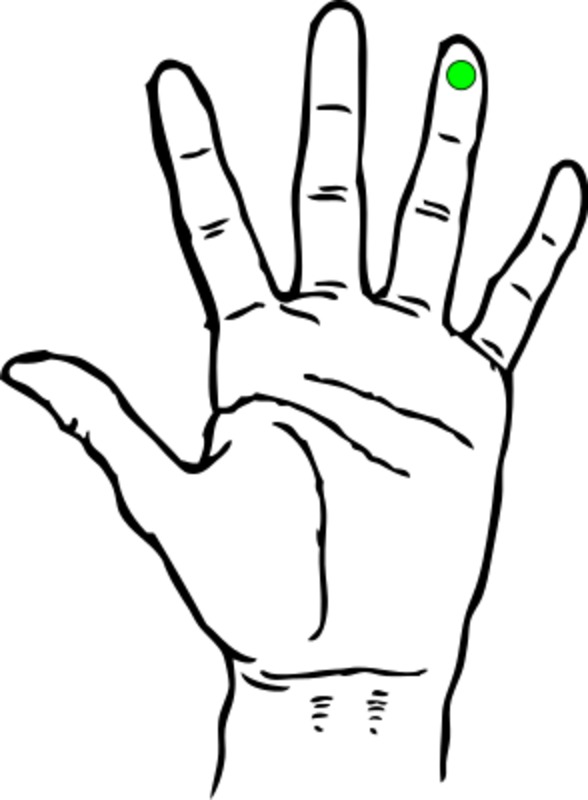 |
薬指 | くすりゆび | ring finger |
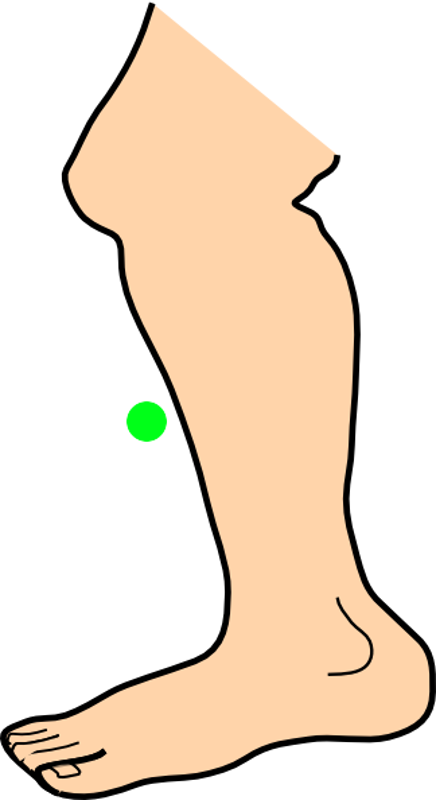 |
骭 | はぎ | shin |
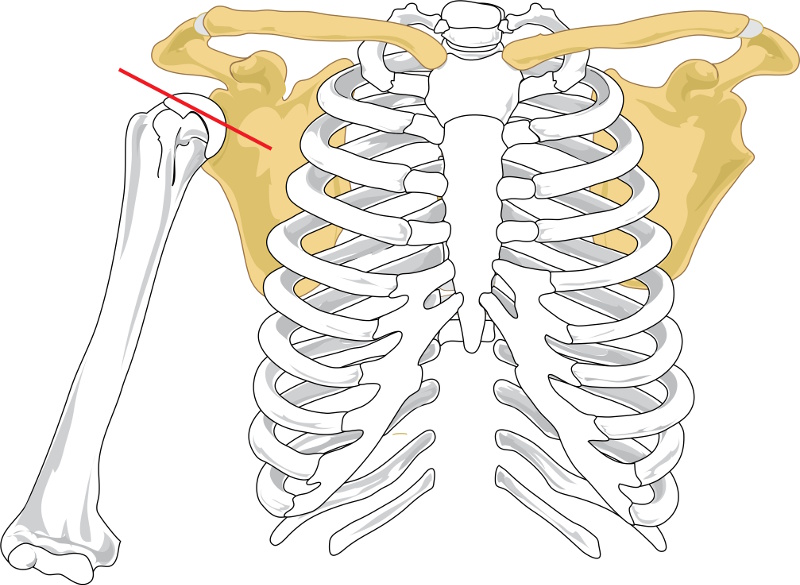 |
肩甲骨 | けんこうこつ | shoulder blades |
 |
肩 | かた | shoulder |
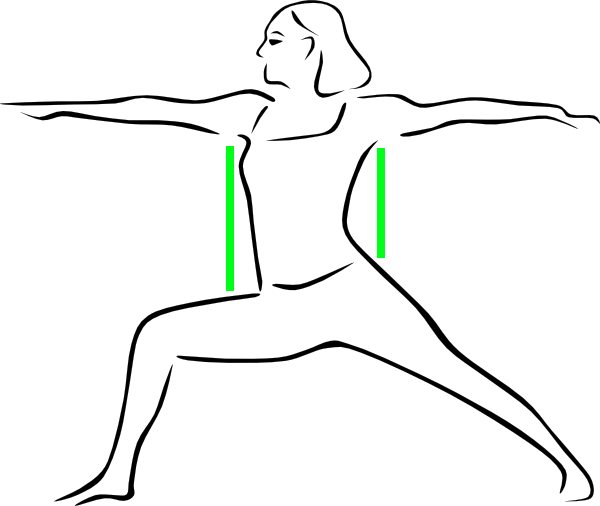 |
脇 | わき | sides |
 |
歯 | は | tooth teeth |
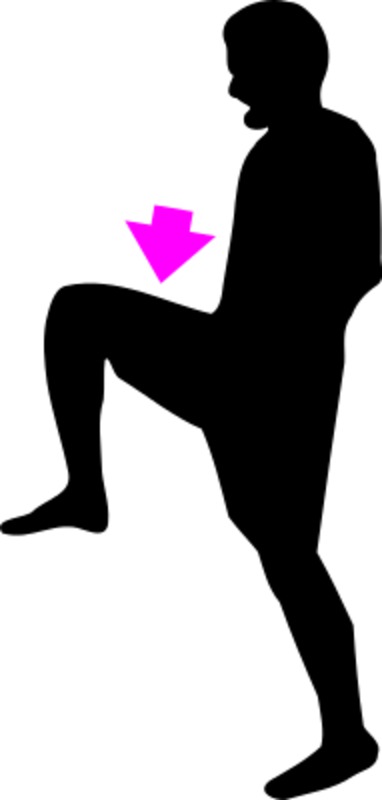 |
股 | もも | thigh |
 |
親指 | おやゆび | thumb |
 |
つま先 | つまさき | toes |
 |
舌 | した | tongue |
 |
腰 | こし | waist |
 |
手首 | てくび | wrist |
| Picture | Kanji | Kana | English |
Language Notes
There are multiple possible words for some of the pictures. The Japanese I've chosen is typically what I have heard people say. Still, depending who you talk to, and what you're doing, other words might be more common. In some cases, people commonly use a word derived from English, which I have not included here. For example, word "waist" could be translated to "koshi", shown above, but it could also be translated as "weisuto". There's not much point in studying the latter, and I have omitted that type of word here.
In English, we ordinarily denote plural nouns by appending an "s" to the singular form, so that for example the plural of "arm" is "arms". In Japanese, this is not done. Singular and plural are not typically distinguished by modifying the noun. For example, the word "te" means both "hand" and "hands". Instead, the numbers of things can be stated explicitly. For example, the words "tooth" and "teeth" are "ha" in Japanese, "one tooth" is "ha 1-ko", and "two teeth" is "ha 2-ko". In rare cases, suffixes are used to indicate the plural. For example, "watashi" means "I", and "watashi-tachi" means "we".
Picture Flash Cards
Flash cards such as these have the advantage that you don't need to use English when studying them. You just look at the picture, think about the thing in the picture, and say the word aloud in Japanese. Whenever you have lists of material nouns, you can make collections like this. Just get on the internet, download some pictures, and make a new deck.
